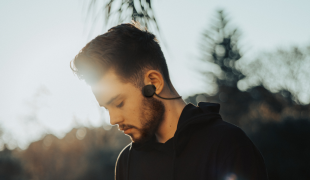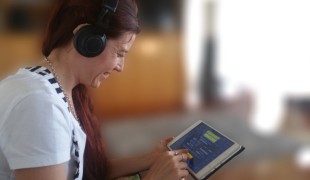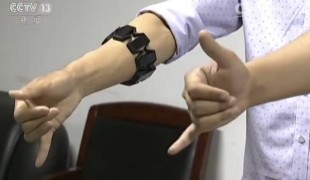- 3327
- 295
- 6
- 9
- 0
- Help Ukraine
About the solution
Since the 1960s, Professor Graeme Clark had been engaged in intense research into the areas of otolaryngology (ear, nose, and throat surgery) and the human brain's response to coded sound.
In 1967, inspired by his deaf father's struggles, Professor Graeme Clark embarked on a mission to help the profoundly deaf hear.
His PhD from 1969 reflected a keen interest in finding ways to improve, restore and even introduce hearing to patients. From here he started investigating methods to electrically stimulate the auditory nerve.
Clark's research led to the development of the cochlear implant and the means to implant the device in human recipients. In 1978, assisted by Dr Brian Pyman, Professor Clark successfully performed the world's first cochlear implant operation on Rod Saunders at Melbourne's Royal Victorian Eye and Ear Hospital. Clark further developed the cochlear implant to a 22-channel device and children became recipients of the cochlear implant for the first time in the 1980s. The 1980s also saw the Australian Company Cochlear Pty Ltd produce the implant for recipients worldwide.
In 1990 the US Food and Drug Administration approved the implant as safe and effective for children from two and above.
Today, hundreds of thousands of deaf individuals have received these implants, transforming their lives. Clark's determination paved the way for this revolutionary solution, bridging the gap between silence and sound.
https://youtu.be/E4d2UMhP1Ao?si=Bv1dw3-TywNXnm61
This solution shall not include mention to the use of drugs, chemicals or biologicals (including food); invasive devices; offensive, commercial or inherently dangerous content. This solution was not medically validated. Proceed with caution! If you have any doubts, please consult with a health professional.
DISCLAIMER: This story was written by someone who is not the author of the solution, therefore please be advised that, although it was written with the utmost respect for the innovation and the innovator, there can be some incorrect statements. If you find any errors please contact the patient Innovation team via info@patient-innovation.com
-
-
570
-
0
-
10846

Pedro, an acoustic engineer designed an open-ear hearable device in order to allow everyone to listen to music!
COMMUNICATION: Communicating, whether by speaking, listening, or other means
Hearing Disorders
5 Senses support devices: (glasses, hearing aids, headphones...)
Assistive Technology access
Body-Worn solutions (Clothing, accessories, shoes, sensors...)
Regaining sensory function
Promoting self-management
Promoting inclusivity and social integration
Improving Speech and Communication
Raise awareness
General and Family Medicine
Internal Medicine
Neurology
Otorhinolaryngology
Denmark
-
-
-
467
-
0
-
5273

Man with cochlear implant develops app to help others
COMMUNICATION: Communicating, whether by speaking, listening, or other means
Video gaming
Congenital Deafness
Hearing Disorders
5 Senses support devices: (glasses, hearing aids, headphones...)
App (Including when connected with wearable)
Assistive Daily Life Device (to help ADL)
Regaining sensory function
Promoting self-management
Neurology
Otorhinolaryngology
Australia
-
-
-
705
-
0
-
11212

Girls create translation armband for the deaf
COMMUNICATION: Communicating, whether by speaking, listening, or other means
Social interaction
Congenital Deafness
Hearing Disorders
Ear and Labyrinth Disorders
5 Senses support devices: (glasses, hearing aids, headphones...)
Assistive Daily Life Device (to help ADL)
Body-Worn solutions (Clothing, accessories, shoes, sensors...)
Hearing loss or ringing in the ears (tinnitus)
Managing Neurological Disorders
Promoting inclusivity and social integration
Improving Speech and Communication
General and Family Medicine
Neurology
Otorhinolaryngology
China
-
 en
en